Waterkeeper has recently completed two planning efforts that serve as blueprints for habitat restoration and conservation in both the Niagara River/Lake Erie Watershed and Niagara River Greenway.
Overview
Both efforts followed the Conservation Action Planning (CAP) process similar to that utilized for the Lake Ontario Watershed, the Lake Erie Watershed, and the Niagara River Watershed in Canada.
The CAP process uses a science-based model for evaluating biodiversity features in terms of landscape context, condition, size, and other variables to help rate the health status of each feature.
Mapping analyses, data collection, existing regional documents, and stakeholder input are other elements that assisted in the development of both efforts. The results of both plans are intended for use by local stakeholders and municipalities. By reviewing the proposed conservation strategies and actions, stakeholders can identify areas of synergy with their goals and utilize the results to inform and refine those goals, support funding applications for conservation projects in an ecosystem or watershed context, educate constituencies, and strengthen and enhance local partnerships. More information about each of these efforts can be found below.
Niagara River Habitat Conservation Strategy

Completed in 2014, this document identifies critical habitats and priority actions for the Niagara River watershed. Funding for this effort was provided by the 2010 US Environmental Protection Agency’s Great Lakes Restoration Initiative.
The completed document serves as a regional blueprint for habitat restoration and conservation, identifying best-bet opportunities to positively impact water quality. A major priority action identified in the final document focuses on the protection of headwater forests along with the first and second order streams they nurture. Headwater forests are an essential part of a functional river landscape, which includes the aquatic habitats needed to sustain and rebuild our fresh water fisheries and improve the quality of our drinking water sources.
Niagara River and Greenway Habitat Conservation Strategy
Completed in 2015, this document serves as a companion to the 2014 Niagara River Habitat Conservation Strategy and provides detailed habitat restoration and conservation opportunities for the Greenway portion of the watershed.
Funding for this project was provided by the Greenway Ecological Standing Committee. Notable products from this effort include: an analysis of barriers to fish, an assessment of shoreline conditions, data collection regarding seeps within the gorge, completion of stream assessments along over 13 miles of stream, and gathering of public input on priorities and threats from stakeholder meetings. Another important outcome from this project is the completion of a one-foot-resolution land cover mapping database for the coastal areas in the Greenway which offers a level of detail that is unmatched in any other publically available datasets, providing important information needed to inform restoration planning.
Conservation Chapters for Download
Download each section of the Niagara River Greenway Habitat Conservation below.
Contact | Kerrie Gallo
Deputy Executive Director
Contact | Kerrie Gallo
Deputy Executive Director


